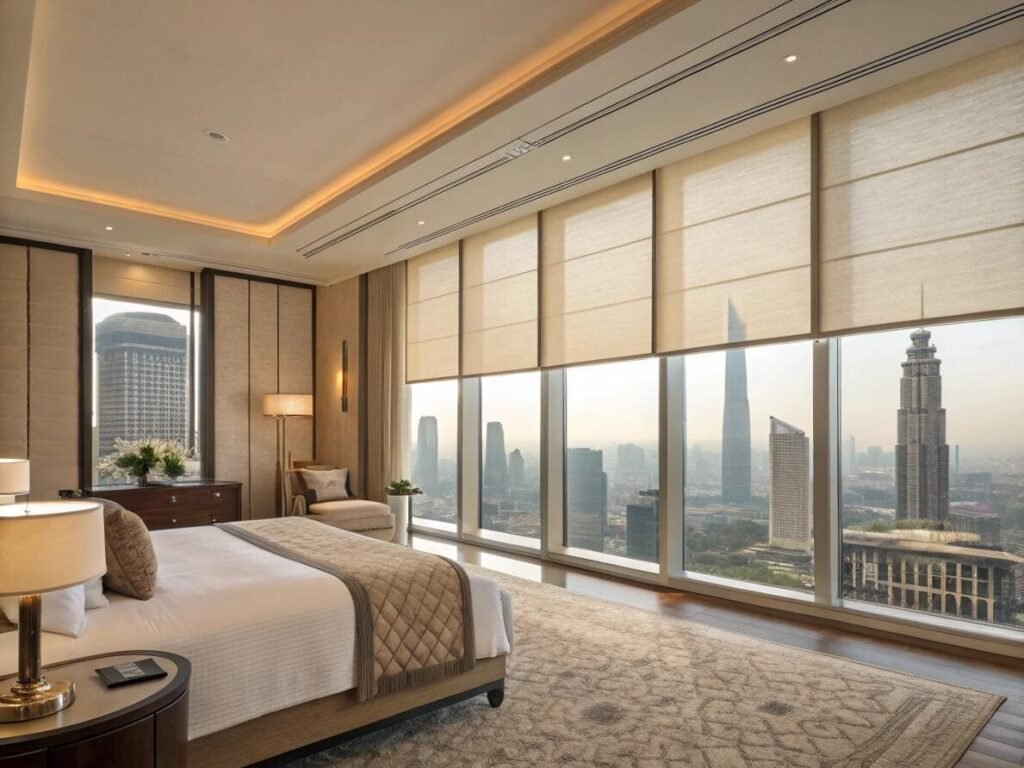Choosing between manual and motorized blinds feels complex. You want modern convenience but worry about reliability, long-term costs, and if the technology will become outdated.
Motorized window treatments are a smart infrastructure investment, adding value through safety, energy efficiency, and convenience. Manual treatments remain a reliable, cost-effective choice. The best option is a strategic decision based on the room's function, user needs, and your project's budget.
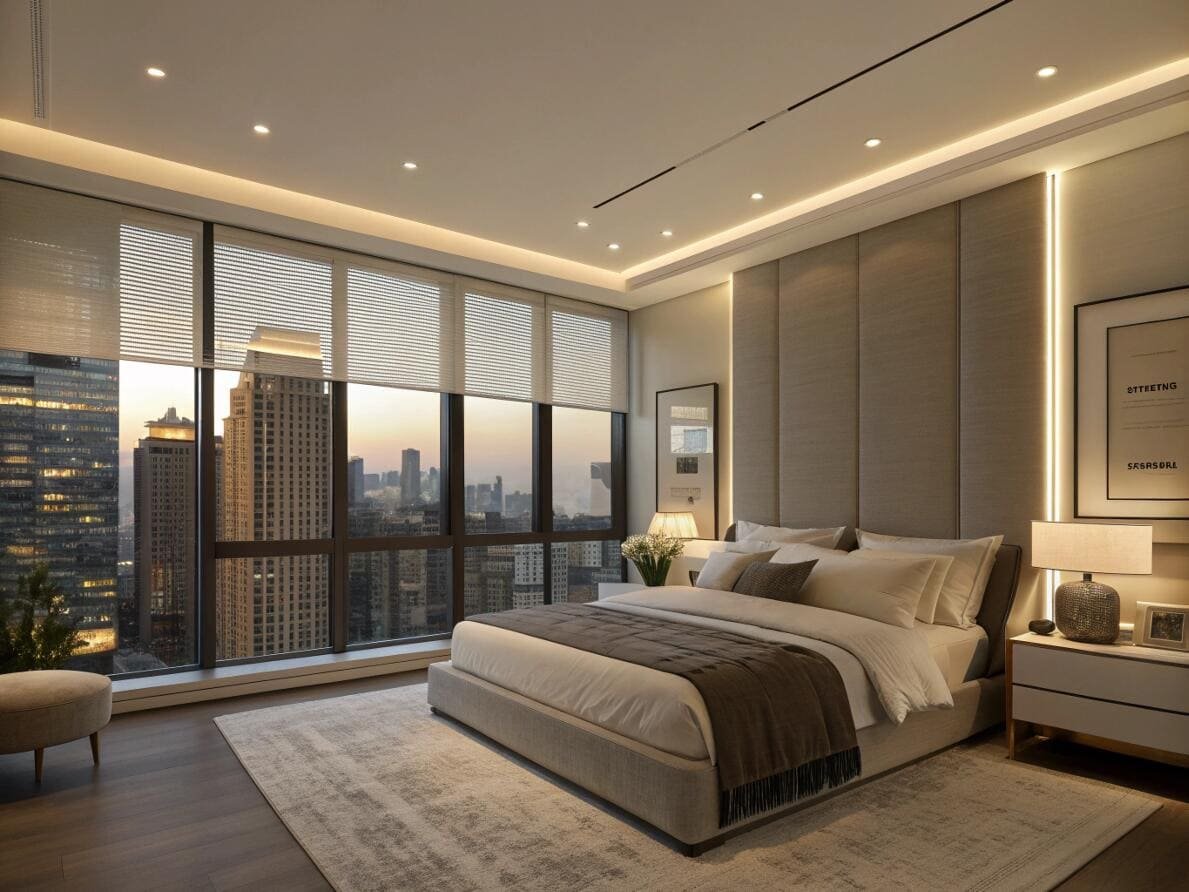
The conversation around this choice has fundamentally changed. I've watched it evolve from a simple question of convenience into a serious discussion about long-term investment and smart home integration[^1]. My clients, who are savvy designers and project contractors, are no longer just asking about a remote control versus a cord. They want to know about reliability, return on investment, and future-proofing their projects. It's a system-level decision now. Let's walk through the key questions to help you make the right choice.
Is it worth getting motorized blinds?
Wondering if the higher cost of motorization is just a gimmick? You're concerned about paying for a high-tech feature that won't provide real, measurable value to your project.
Yes, for most modern homes and commercial spaces, motorized blinds are worth the investment. The value goes far beyond convenience, offering enhanced child safety[^2], measurable energy savings through automation, and improved accessibility for high or large windows.
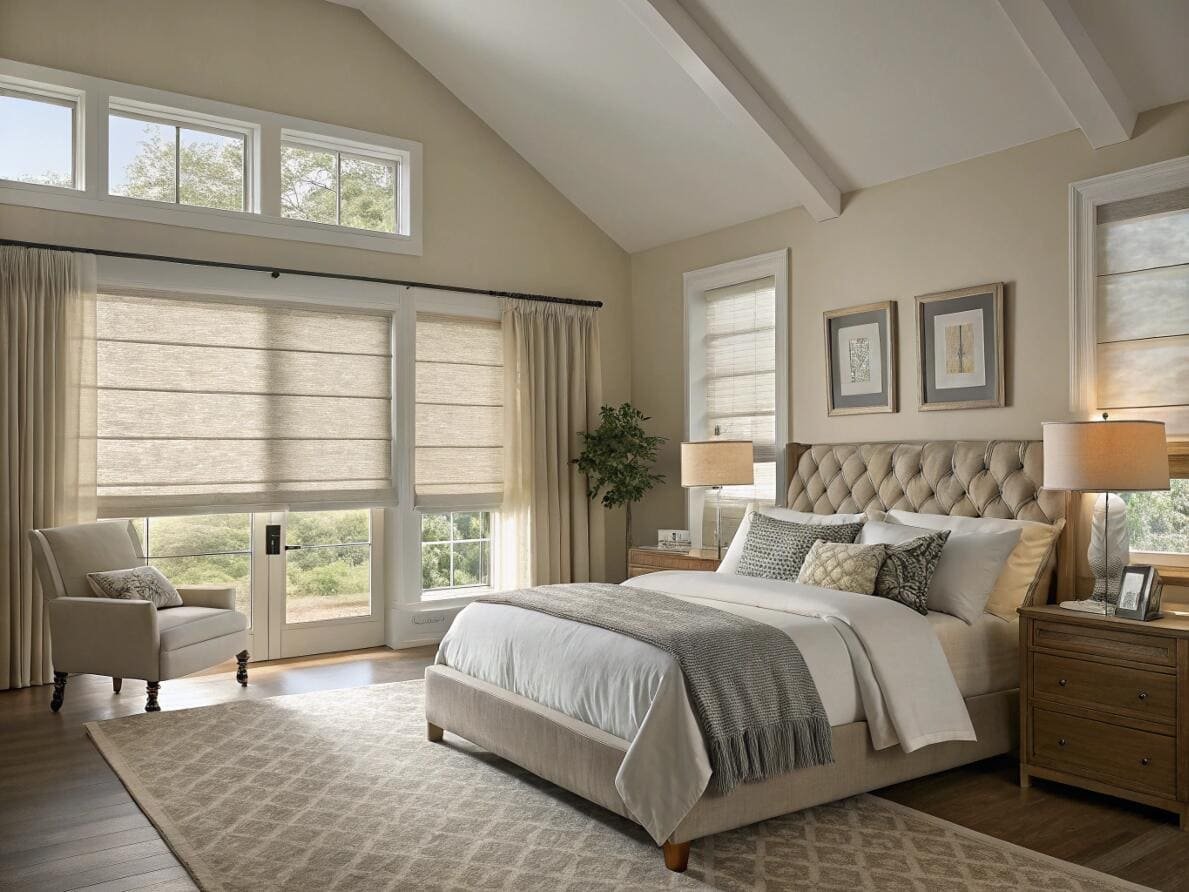
When clients ask me about the return on investment, I tell them to look past the "wow" factor of using a remote. The real value is in the problems motorization solves. For a family home, eliminating lift cords is a priceless safety feature. For an office, the ability to adjust twenty windows at once saves time and labor. And for any energy-conscious project, scheduling blinds to close during the hottest part of the day creates real savings on cooling costs. It's not a luxury; it's a functional upgrade that pays for itself in safety, efficiency, and ease of living.
Beyond Convenience: The Real ROI
| Feature | Manual Value | Motorized Value |
|---|---|---|
| Safety | Cords can be a hazard for children and pets. | Cordless operation is the safest option available. |
| Energy Efficiency | Relies on user to adjust manually. | Can be automated to optimize solar heat gain. |
| Convenience | Difficult for high or hard-to-reach windows. | Effortless control of any window, anywhere. |
| Home Value | A basic necessity. | A desirable smart home feature that increases appeal. |
Do motorized blinds break easily?
You're worried about investing in technology that might fail. The thought of a high-tech blind getting stuck and requiring a complex, costly repair is a major deterrent.
High-quality motorized blinds are extremely reliable. Most "failures" are minor issues like drained batteries or pairing errors, not motor burnout. At VelaBlinds, we source robust motors tested for thousands of cycles, ensuring they are just as durable, if not more so, than manual cord mechanisms.
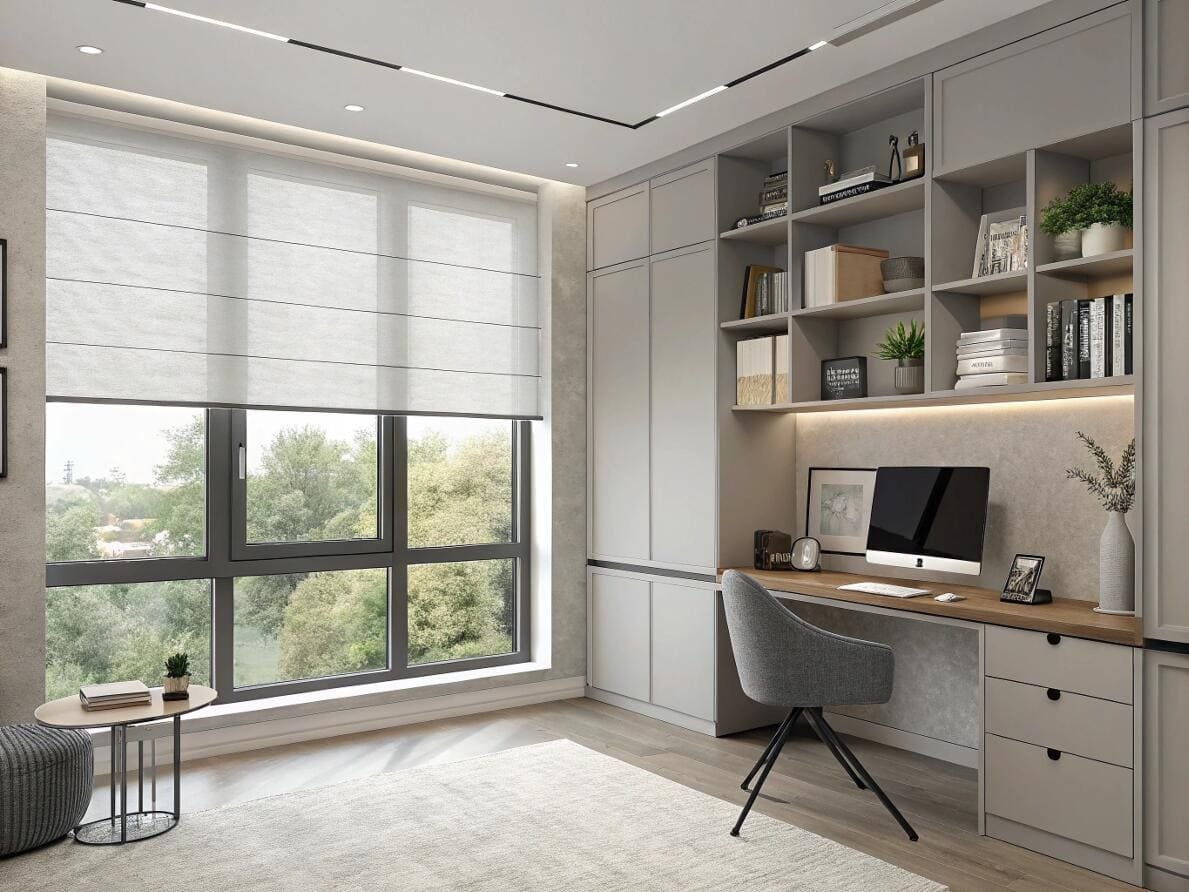
This is the number one concern I hear, and it's completely understandable. No one wants to invest in a complicated problem. "Smart" should mean reliable, not complex. The truth is, the internal motors are simple and robust. They are sealed units engineered to perform the same simple task—turning a tube—for years without issue. Where problems can arise is with low-quality components or improper installation. That's why we focus on 'reliability-first automation.' We use motors from trusted partners and provide clear instructions to ensure the entire system—motor, power, and control—is set up to work flawlessly from day one. In many cases, a quality motor will outlast the manual cords on a traditional blind.
What are the disadvantages of motorized blinds?
You're sold on the benefits, but you need to know the catch. Understanding the potential downsides is crucial before committing to a significant project investment.
The main disadvantages of motorized blinds are the higher initial cost, the need for a power source (battery or hardwired), and the potential for added complexity during smart home integration. They represent a bigger upfront investment in both money and planning.
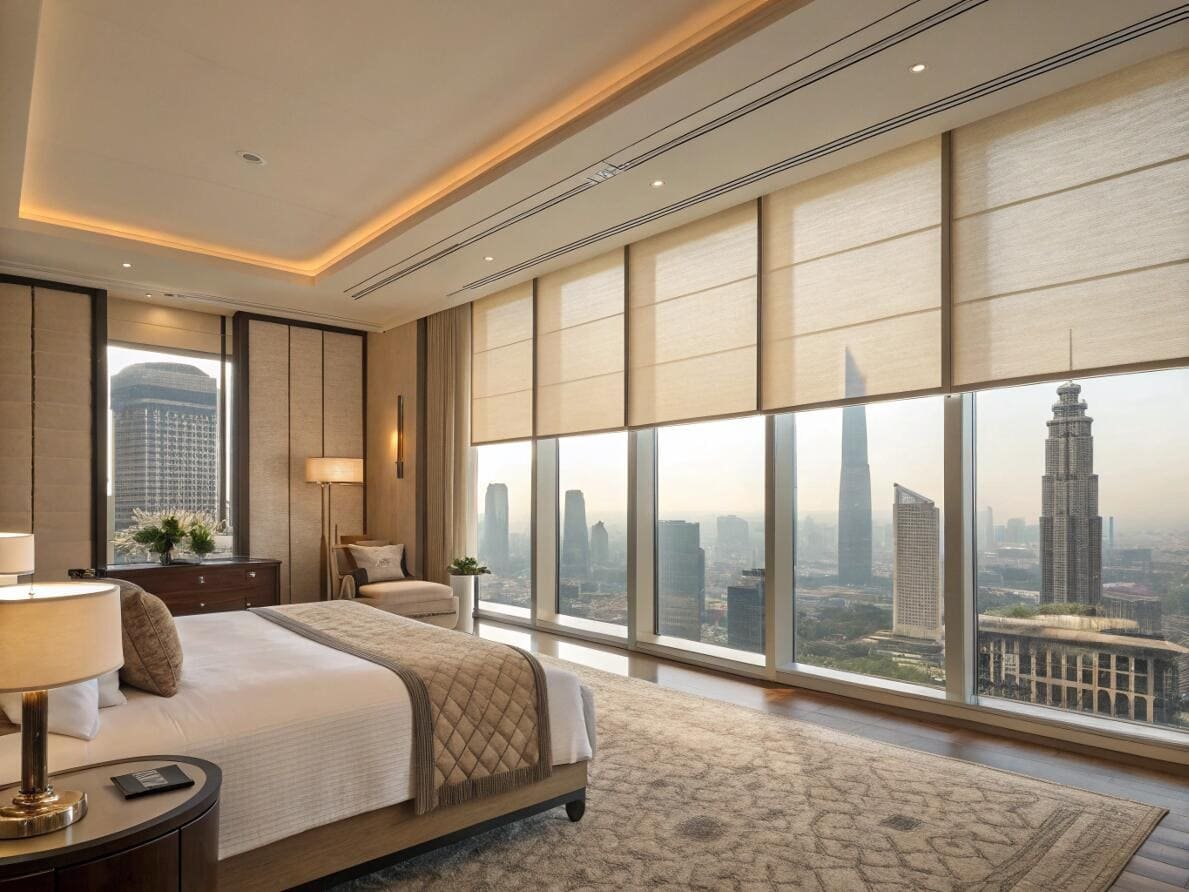
Being transparent about the trade-offs is important. The first and most obvious is the cost; motorization is a premium feature. Second is power. You have to plan for it. Battery-powered shades are easiest to install, but the batteries will need to be recharged or replaced every 1-2 years. Hardwired solutions offer maintenance-free power but require an electrician, adding to the initial complexity and cost. Finally, while basic remote operation is simple, integrating with a complex smart home system like Control4 or Savant can require professional setup. It's a strategic choice that exchanges a higher initial investment for significant long-term benefits.
Do motorized shades increase home value?
You need to justify the expense. Will this upgrade show up on a home appraisal, or is it just a feature that's nice to have while you live there?
Yes, motorized shades actively increase a home's value, especially when integrated into a smart home system. They are a powerful selling feature that signals a modern, high-end, and convenient property, making it more attractive to buyers and increasing its market value.
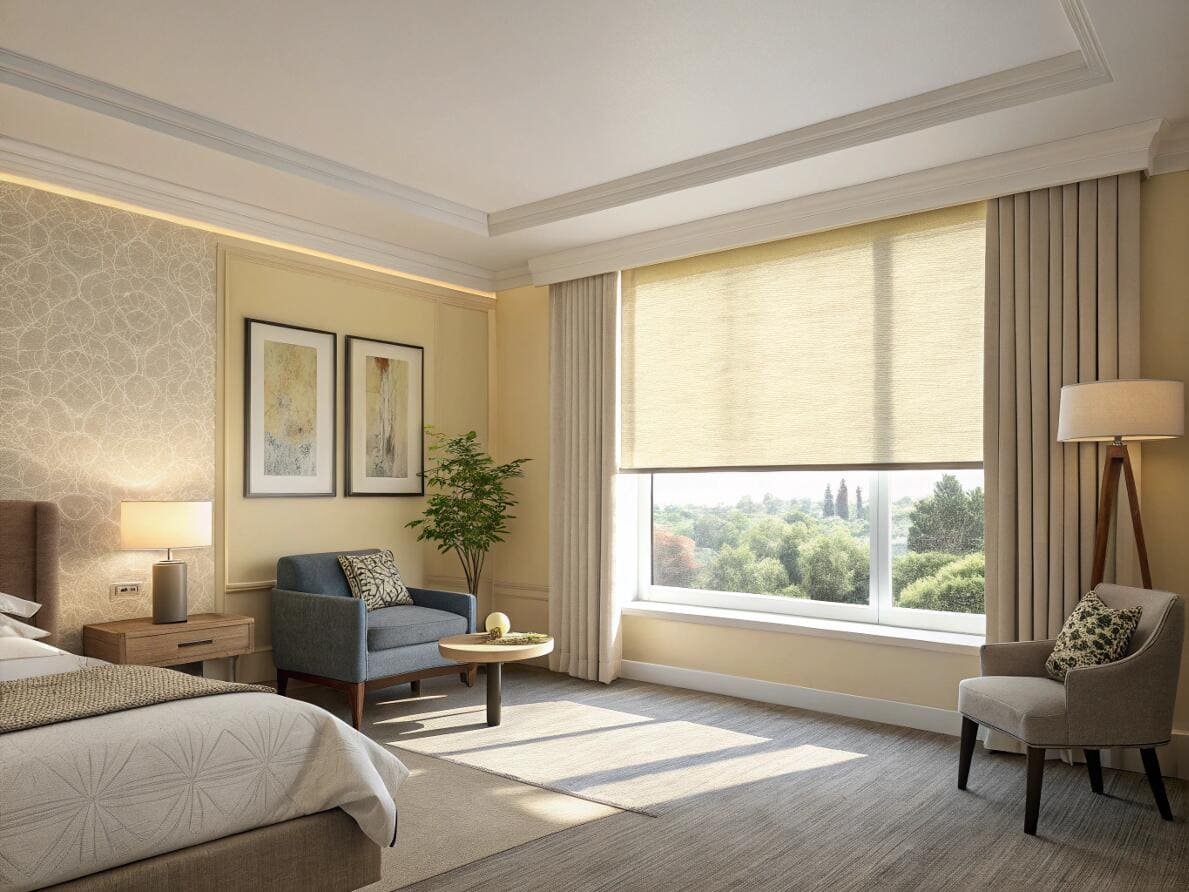
This marks the shift from seeing motorization as a gadget to seeing it as smart infrastructure. A decade ago, an appraiser might have ignored it. Today, smart home features are a recognized category of upgrades, just like a renovated kitchen. When a potential buyer sees that all the blinds can be controlled with a remote, an app, or their voice, it elevates the entire property. It tells them the home is modern, efficient, and luxurious. It's a finishing touch that makes a huge impression and can absolutely be the deciding factor that leads to a faster sale at a higher price.
What is the life expectancy of motorized blinds[^3]?
Investing in technology can feel risky. You worry the motor will die in a few years, leaving you with an expensive, non-functional window treatment that's worse than the manual version.
A quality motorized blind system has a life expectancy of 10 to 15 years. The motors themselves are incredibly durable, often tested to withstand over 10,000 cycles, which is more than you would use them in several decades of normal daily operation.
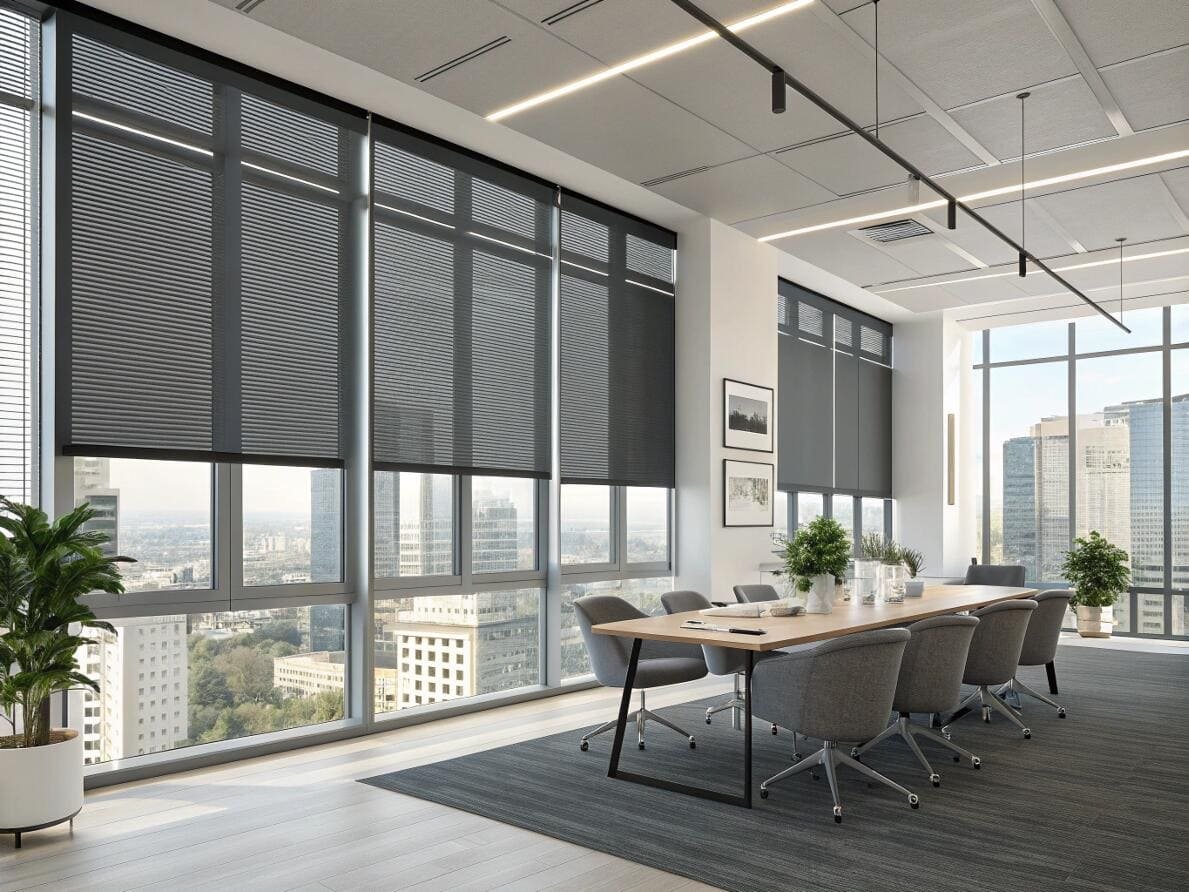
Let's separate the parts of the system. The motor itself is a workhorse designed for longevity. The component that requires regular attention is the battery in a wire-free system, which will need charging or replacing periodically. The shade fabric will age at the same rate as a manual shade. The biggest long-term concern isn't the motor breaking, but technology evolving. That’s why we focus on 'future-proof' systems. We use open communication protocols like Zigbee, which are industry standards designed to work with future smart home platforms. This ensures the investment you make today won't be obsolete tomorrow.
What's the average cost of motorized shades?
You need to budget for your project. But a vague answer of "it depends" is not helpful when you're trying to create an accurate estimate for a client.
Adding motorization to a standard window shade typically costs between $150 and $500 per window. The final price is determined by the motor's brand and features, the power source you choose (battery is cheaper than hardwired), and any required smart home integration hubs.
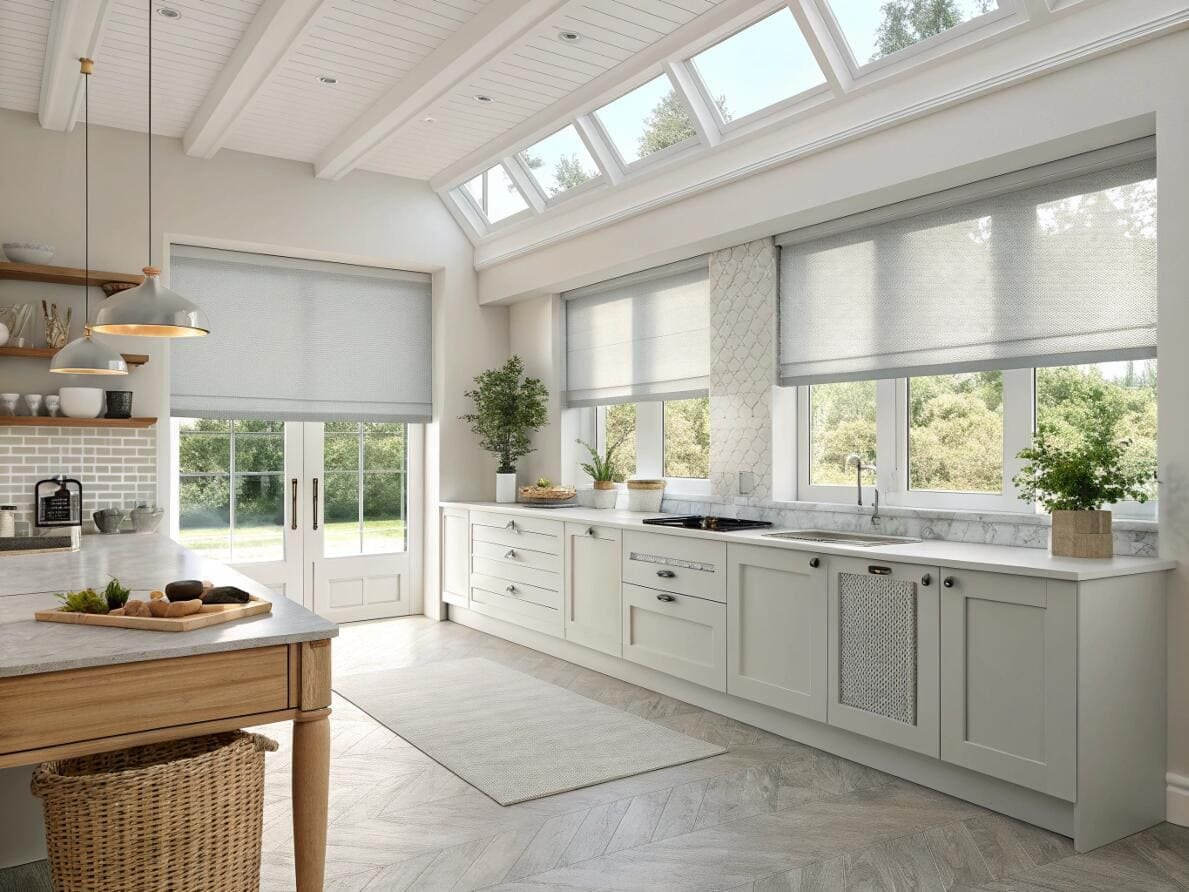
Providing transparent, quick quoting is a cornerstone of our business because I know how crucial budgeting is. Let's break down a typical cost structure for a single window to give you a clearer picture.
Sample Cost Breakdown (Per Window)
| Component | Description | Estimated Cost |
|---|---|---|
| Base Shade | The cost of the shade fabric and hardware itself. | $100 - $400+ |
| Motorization | The uplift for the motor and internal components. | $150 - $500 |
| Control | A basic multi-channel remote. | $25 - $50 |
| Power | Rechargeable battery wand. (Hardwiring requires an electrician). | Included with motor |
| Smart Hub | Optional device for App, Voice, & Auto control. | $80 - $250 |
| Total (Example) | A mid-range motorized roller shade. | $355 - $700 |
This initial investment is higher, but the return in convenience, energy savings, and property value makes it a compelling choice for many projects.
What are the most popular blinds in 2025?
You need to be a step ahead. Recommending a style that is already on its way out can compromise your reputation as a design authority and a smart project planner.
For 2025, the most popular window treatments are defined by three words: automated, clean, and efficient. Motorized roller shades, dual/zebra shades, and honeycomb blinds will lead the market due to their minimalist aesthetic, smart capabilities, and superior thermal performance.
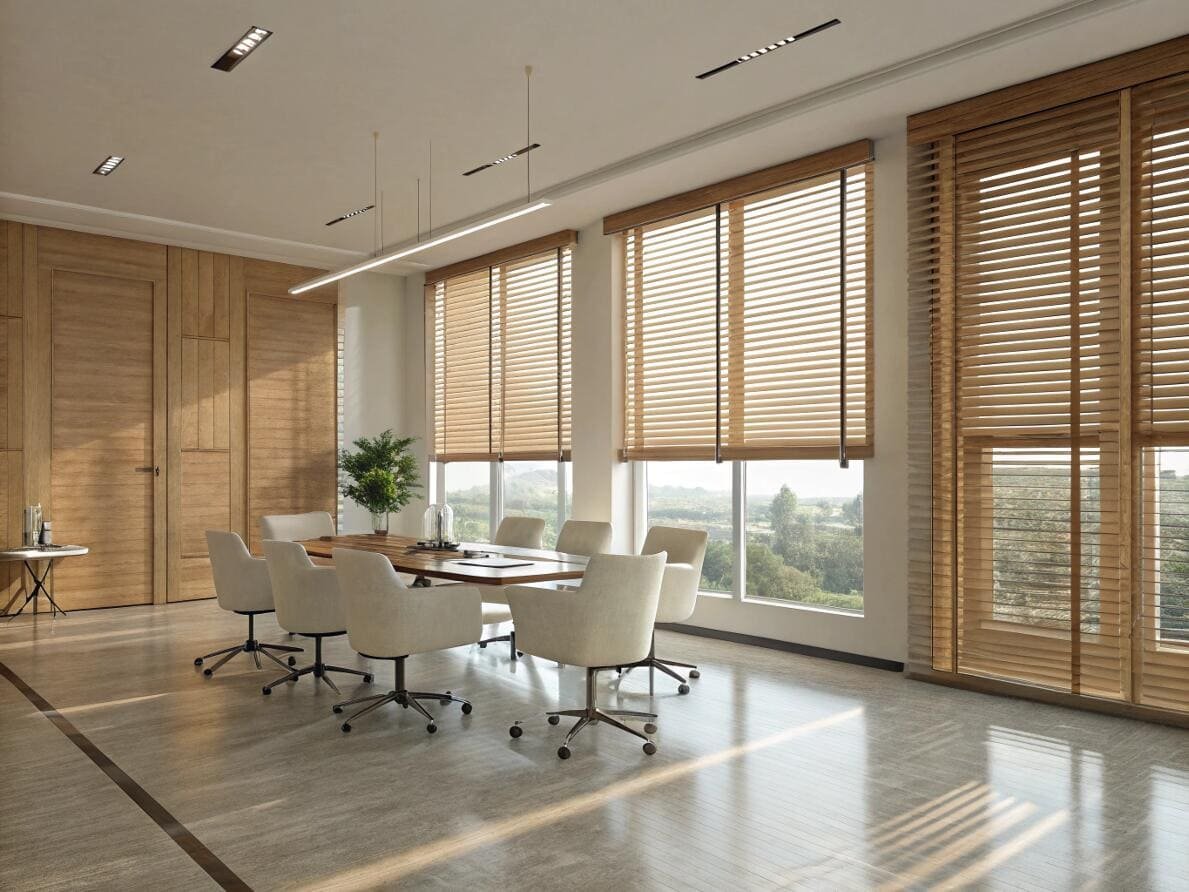
The trend is a move away from fussy, decorative treatments and toward integrated, high-performance solutions. Cords are disappearing. Clean lines are in. Energy efficiency is no longer a bonus; it's a requirement. I see this every day in the orders we fill for projects across North America and Europe. Designers are choosing roller shades for their sleek, unobtrusive look. They are choosing honeycomb blinds for their incredible insulation. And they are motorizing both. The future of window treatments is less about fabric patterns and more about how the product performs as part of a smarter, more efficient, and more comfortable home.
Commercial vs. Residential: When to Choose Manual or Motorized?
The needs of a corporate headquarters are vastly different from those of a family home. You need to provide a clear, professional recommendation for each unique environment.
For residential projects, the choice is room-specific. For commercial spaces like offices, hotels, or restaurants, motorized solutions are almost always the superior investment for operational efficiency, energy management, and brand image.
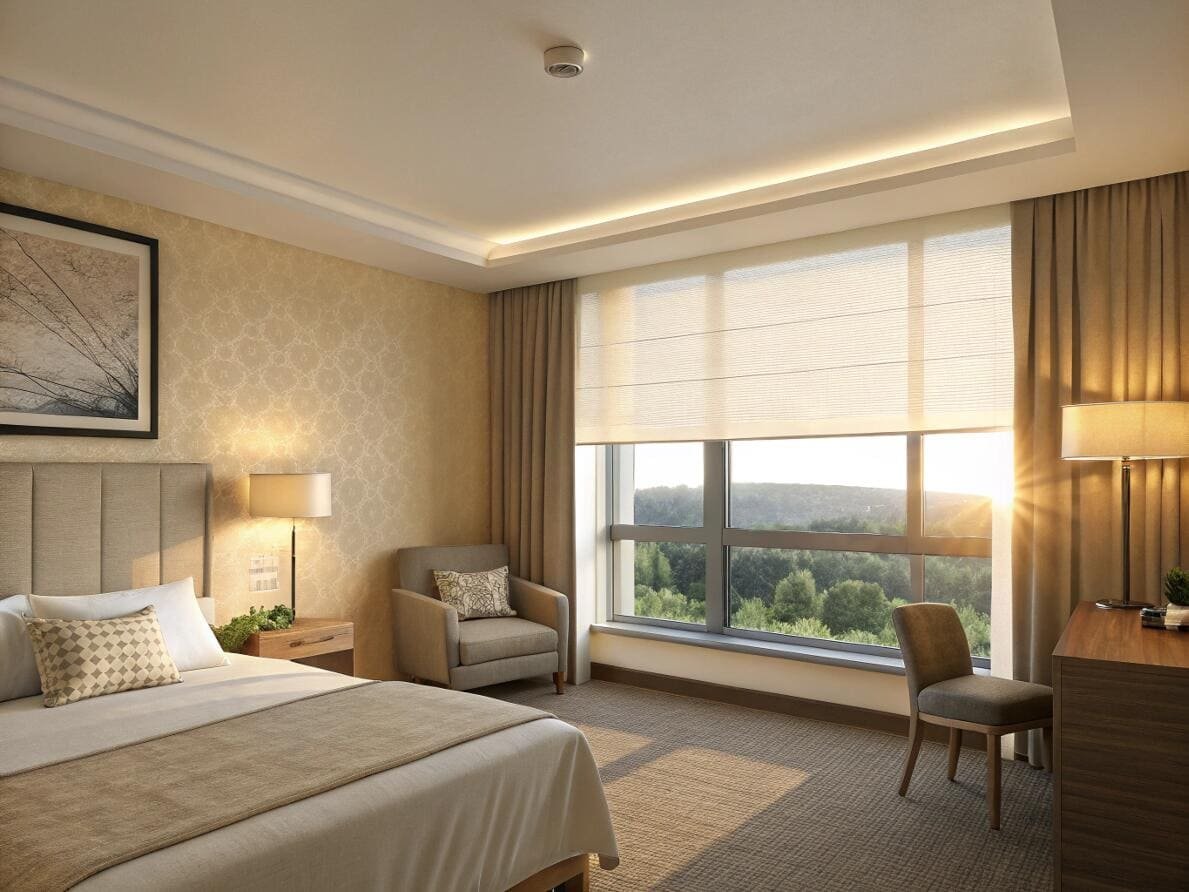
This is where the application really dictates the right choice. In a home, you might motorize the hard-to-reach window in the foyer and the primary bedroom for wake-up schedules, while using reliable manual blinds in the guest room. It's a targeted investment[^4]. In a commercial building, the scale changes everything. Imagine manually adjusting 100 windows every day. It's an operational nightmare. Motorization, especially when linked to a building management system, allows for global control, massive energy savings, and ensures a clean, uniform exterior facade at all times. It moves from a convenience to a core business tool[^5].
Application Decision Guide
| Space | Recommended Solution | Key Reason |
|---|---|---|
| Residential (Living Room) | Motorized | Convenience for large windows, effortless glare control. |
| Residential (Bedroom) | Motorized | Safety (no cords), scheduled scenes for waking/sleeping. |
| Residential (Guest Room) | Manual | Cost-effective and reliable for less-frequently used spaces. |
| Commercial (Office) | Motorized | Operational efficiency, energy savings, uniform aesthetic. |
| Commercial (Hospitality) | Motorized | Guest luxury, ease of maintenance for staff, energy control. |
Conclusion
The decision is no longer just manual versus motor. It's about choosing a reliable, cost-effective manual system or making a strategic investment in a smart, automated solution for the future.
---
[^1]: Learn how to seamlessly integrate motorized blinds into your smart home system.
[^2]: Learn how motorized blinds eliminate hazards associated with traditional corded options.
[^3]: Find out how long you can expect your motorized blinds to last with proper care.
[^4]: Learn about the concept of targeted investments and how they apply to home upgrades.
[^5]: Discover how motorized blinds can serve as essential tools for business efficiency.Partner with VelaBlinds for Your Next Project
Smart window treatments shouldn't be complicated. After working with 500+ distributors and contractors worldwide, I've streamlined the process to get you quality products, competitive pricing, and reliable support - every time.
Why project professionals choose VelaBlinds:
- ✅ Fast, Accurate Quotes - Detailed specs and pricing within 24 hours
- ✅ Transparent Pricing - No hidden fees, volume discounts clearly outlined
- ✅ Quality Assurance - Direct partnerships with certified OEM manufacturers
- ✅ Project Support - Dedicated account manager from quote to delivery
Start your next project:
📧 Quick Quote: Send your requirements to info@velablinds.com
📱 Direct Contact: WhatsApp +86 137 2012 8317
🌐 Browse Solutions: https://velablinds.com/
📁 Product Resources: Access spec sheets, catalogs & project files
Paul Chen, Founder
"I built VelaBlinds to solve the real challenges I faced as a project buyer - long lead times, unclear specs, and unreliable suppliers. Let's discuss how we can power your projects with smarter blinds."
Serving distributors and contractors across North America, Europe, and Australia since 2018.

